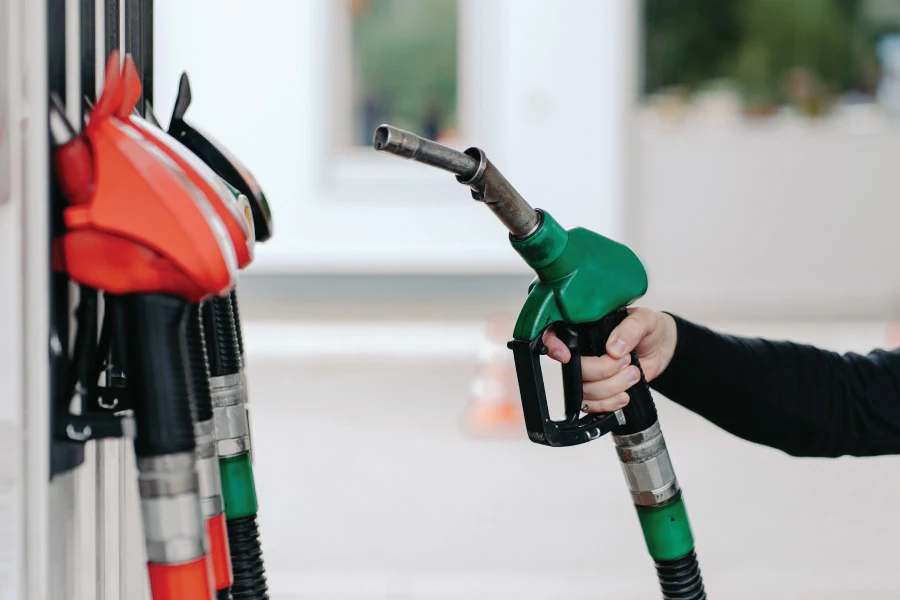The big picture: Malaysia uses subsidies to keep essential prices low and cushion households and businesses. After decades of blanket aid, the country is shifting to targeted subsidies to protect the vulnerable and rein in costs.
What a subsidy is (and why it matters)
- Definition: A government payment or price control that lowers what consumers or firms pay for goods/services (or raises producer income).
- Malaysia context: Energy and essentials (fuel, electricity, cooking oil, rice, transport) have long been subsidised to manage living costs and inflation—but at a heavy fiscal price. In 2022, subsidies hit an all-time high RM70.3b, with RM52b on fuel alone.

Catch up quick: How we got here
- 1983: Malaysia introduced the Automatic Pricing Mechanism (APM), effectively fixing retail prices and topping up when market prices ran higher—launching modern energy subsidies.
- 2010–2014: First reform wave; some fuel subsidies cut; Dec 2014 moved to a managed float as oil prices fell.
- 2022: Subsidy bill surged due to global commodity prices. Policymakers recommitted to targeting.
- 2024–2025: Diesel moved to targeted aid; petrol (RON95) shifted to a quota-based targeted scheme while foreigners are excluded; broader budget reforms continued.
What Malaysia subsidises now
Fuel
- Diesel: Blanket subsidy ended 10 June 2024 in Peninsular Malaysia. Market price at the pump; cash aid/fleet cards for eligible logistics, farmers, small traders, and targeted users. Govt expects ~RM4b in annual savings. Sabah/Sarawak and certain sectors treated differently.
- Petrol (RON95): In late 2025 the government rolled out BUDI95: Malaysians with valid licences get up to 300L/month at RM1.99/L; foreigners pay a higher price; monthly quotas limit leakage. Savings estimates revised to RM2.5–4b depending on oil prices.
Electricity
- Tariffs continue to use an automatic adjustment (AFA, replacing ICPT in July 2025), with protections/exemptions for specific groups and Green Electricity Tariff (GET) subscribers.
Cooking oil
- 1kg polybag under the Cooking Oil Stabilisation Scheme (COSS) remains at RM2.50/kg (quota ~60,000 MT/month).
Rice
- Government interventions include padi floor prices and keeping local white rice (BPT) retail at RM2.60/kg, with periodic subsidy top-ups and reviews.
Public transport
- My50: unlimited 30-day Rapid KL rail/bus pass at RM50, supported by government subsidy (historically ~RM100 per pass). Digital renewals via TnG from July 2025.
Food items being normalised
- Chicken (Nov 2023) price ceiling removed;
- Eggs: subsidy ended Aug 1, 2025; authorities reported stable supply/prices afterward.
By the numbers
- RM70.3b total subsidies (2022, record high).
- Govt projected RM61.3b (2024) falling to RM52.8b (2025) for subsidies & social assistance as targeting expands.
- Diesel subsidy bill rose from RM1.4b (2019) to RM14.3b (2023)—a key driver for reform.
Pros & cons
Upsides
- Cost-of-living relief for households and SMEs.
- Inflation smoothing and social stability.
- Targeting reduces fiscal drain and curbs smuggling/leakage (e.g., excluding foreigners; quotas).
Downsides
- Fiscal pressure: Crowds out development spending if blanket.
- Inefficiency & regressivity: Blanket energy subsidies often benefit higher-income/consuming groups more. (Synthesis of World Bank/ESMAP analyses.)
- Market distortions: Overconsumption of energy; discourages efficiency/investment.
What’s next
- Fuel targeting 2.0: Govt is fine-tuning BUDI95 delivery (verification via MyKad/e-wallets was floated; foreigners excluded; licence status checks). Expect tweaks to quotas/eligibility as data rolls in.
- Electricity tariff reform: AFA monthly pass-through continues, with protections for vulnerable groups and green options via GET.
- Food security levers: Continued reviews of padi floor price and local rice pricing/subsidy channels amid supply pressures.
- Fiscal consolidation: Budget strategy targets deficit reduction while redirecting savings to cash aid and social programs.
Between the lines
- Politics of pain: Governments sequence reforms (diesel first, petrol later; keep a subsidised “default” for masses) to manage backlash.
- Design details matter: Who’s in/out (citizens, PRs, foreigners), monthly litre caps, and enforcement will decide how much the state actually saves. Revised savings projections (e.g., RM2.5–4b) reflect these trade-offs.
The bottom line
Malaysia isn’t scrapping subsidies—it’s retargeting them: smaller, smarter, and more data-driven, to protect lower- and middle-income Malaysians while stabilising public finances. Expect iterative adjustments to fuel, electricity, and staple-food measures through 2025 as authorities balance cost-of-living pressures with fiscal reality.
